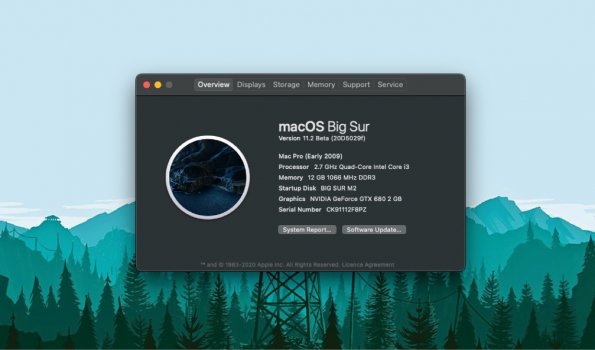I have EFI active OpenCore partition on a SSD disk. I had some problem getting the bless command to work, so I tried to run Disk Utility on the SSD Device (Not the Volumes). After second bless it worked, anyway. Now I wonder if there is something wrong with the SSD or if it is the OpenCore setup that triggers this and I can ignore it.
I got this error:
Running First Aid on “Corsair Force GS Media” (disk3)
.........
Checking the EFI system partition’s file system
Problems were found with the partition map which might prevent booting
The partition map needs to be repaired because there’s a problem with the EFI system partition’s file system. : (-69766)
Operation failed…
Is it normal to get this Error with OpenCore in EFI partition?
I got this error:
Running First Aid on “Corsair Force GS Media” (disk3)
.........
Checking the EFI system partition’s file system
Problems were found with the partition map which might prevent booting
The partition map needs to be repaired because there’s a problem with the EFI system partition’s file system. : (-69766)
Operation failed…
Is it normal to get this Error with OpenCore in EFI partition?



